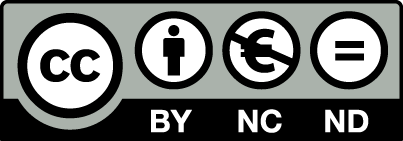Abstract:
Purpose: To introduce and define the concept of sieving tourism destinations as an umbrella term representing faster decision-making processes compared to destination choice models, and to demonstrate its usefulness for both sides of consumption and production of tourism attractions. Methods: Fast decision at the consumers' demand side is demonstrated via an exploratory graphic model. Producers' supply side sieving is measured by observing data elimination on two public serving internet platforms compared to a baseline taken from special interest group tour operators representing Jewish heritage attractions in Sicily and Thessaloniki. Results: On the demand side, nowadays market conditions enable destination choice decision making in a few simple steps often interpreted as spontaneous, intuitive, or irrational. Quantitative analyses on the supply side provided measurable sieving ratios. They reveal careful partial sieving performed at local level editorship, while much harsher sieving occurs on social media platforms. This is interpreted as a market failure related to niche and special interest groups attractions. Implications: The demand side findings call for targeted marketing distinguishing customers not only by income but also by temperament, mood, and personality. The supply side findings call for careful examination of the conditions for inclusion and exclusion from the list of attractions as well as the need to remedy the concealment of minor attractions from social media platforms.

